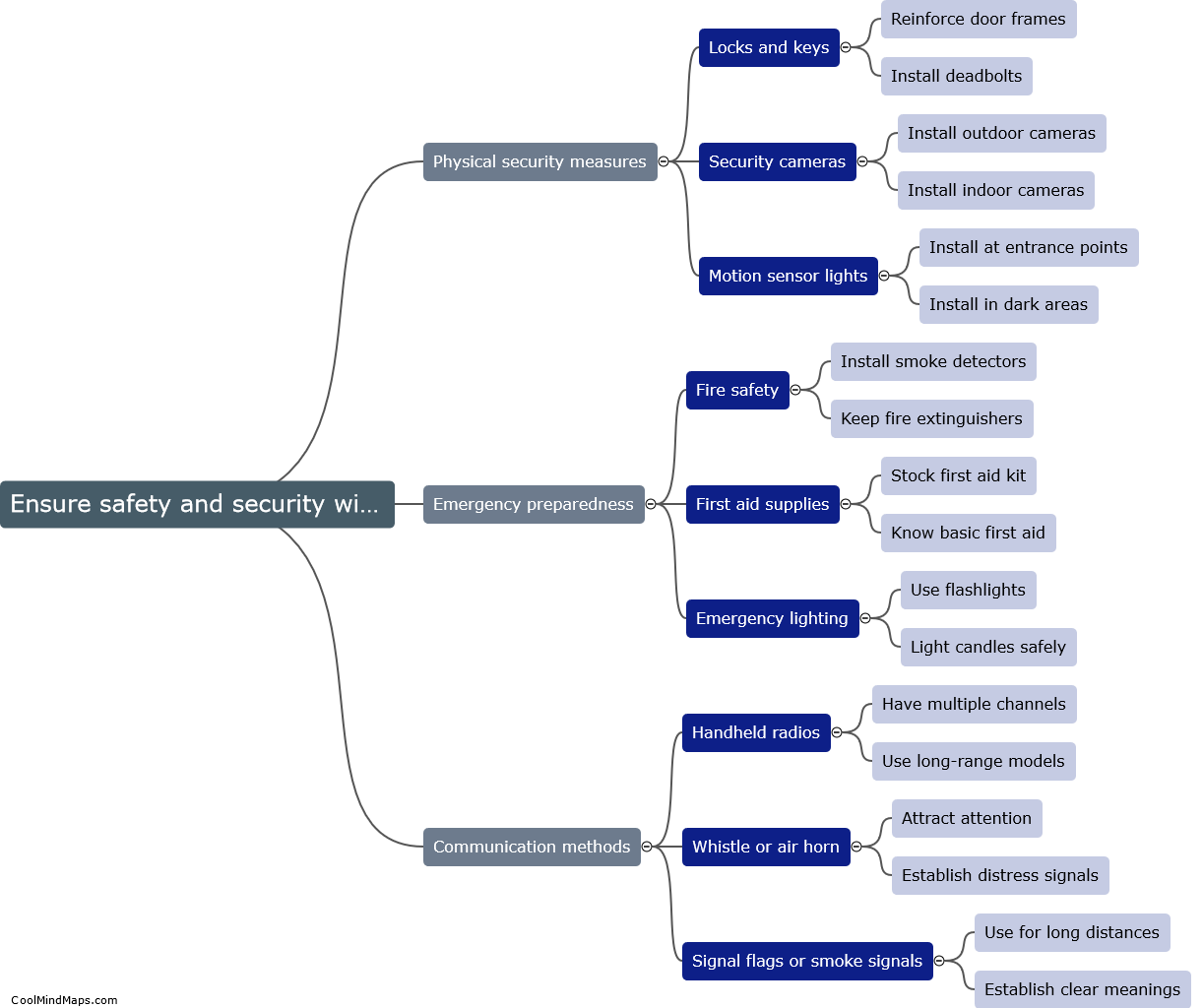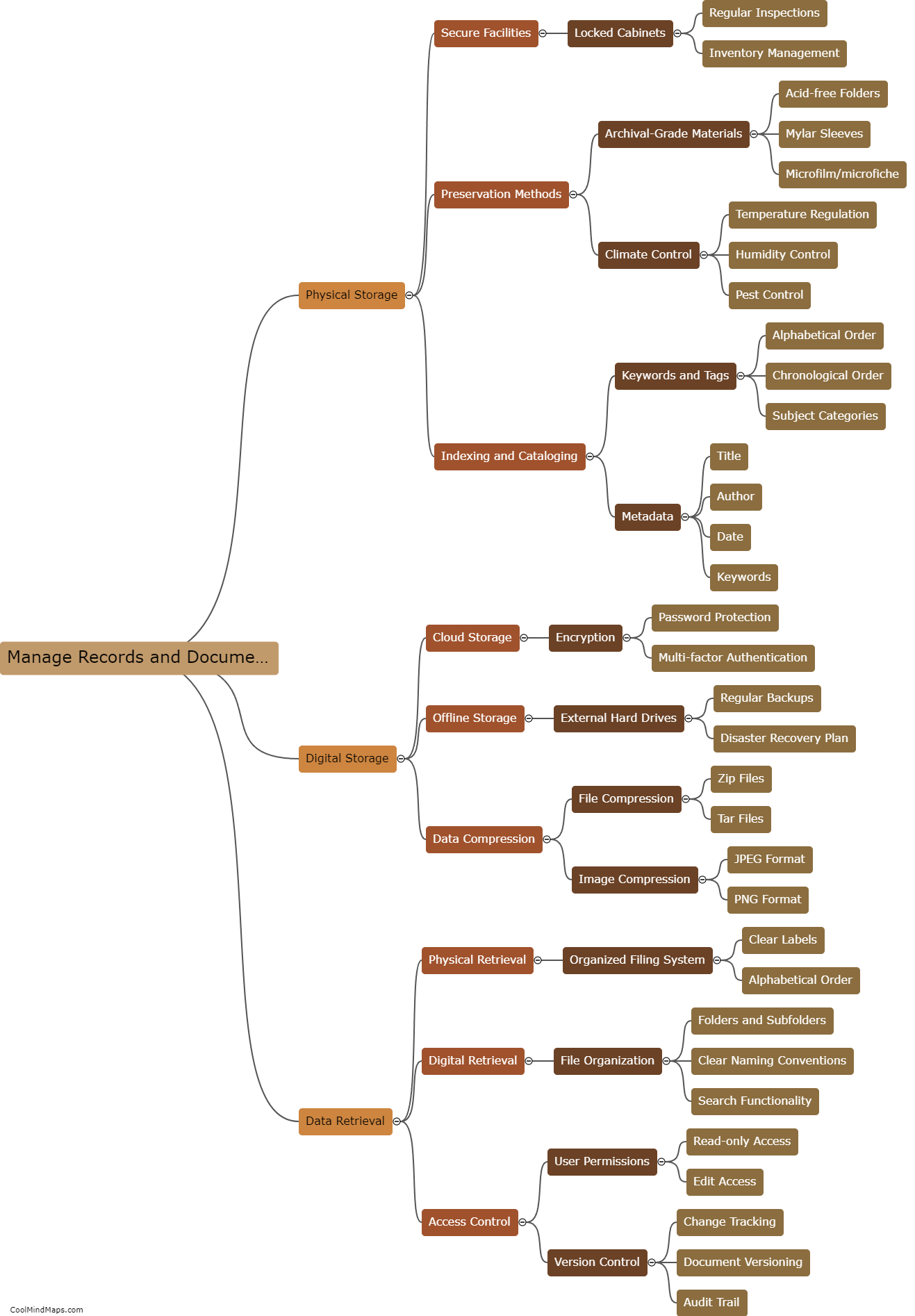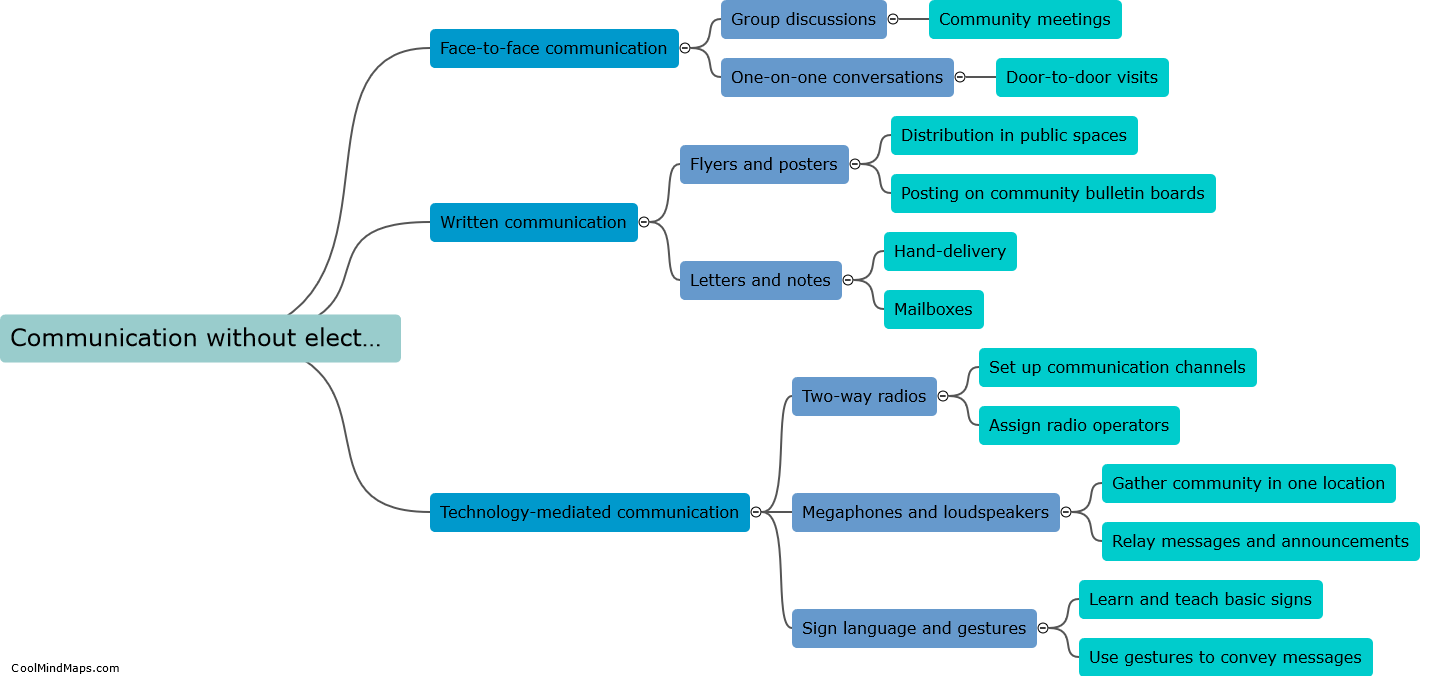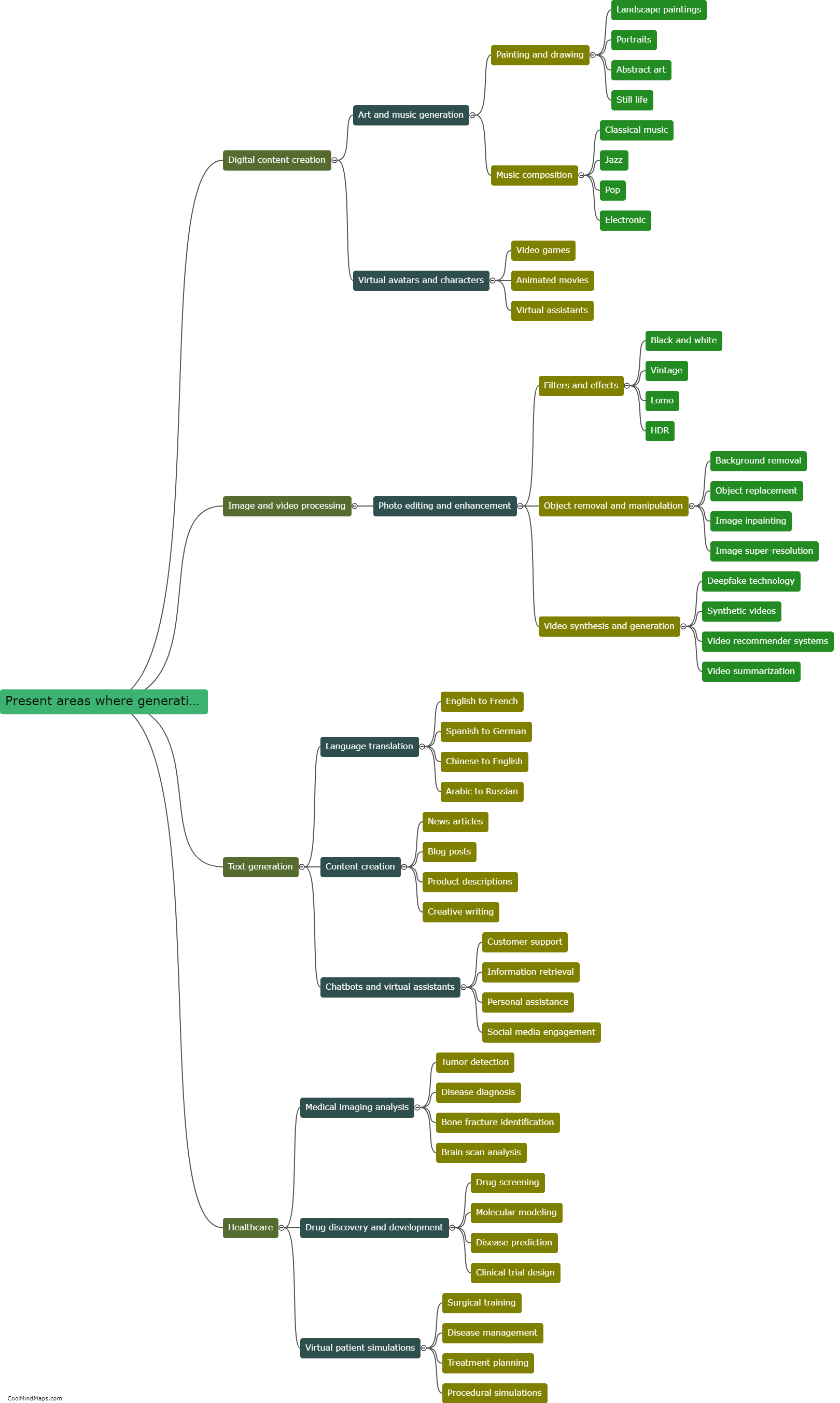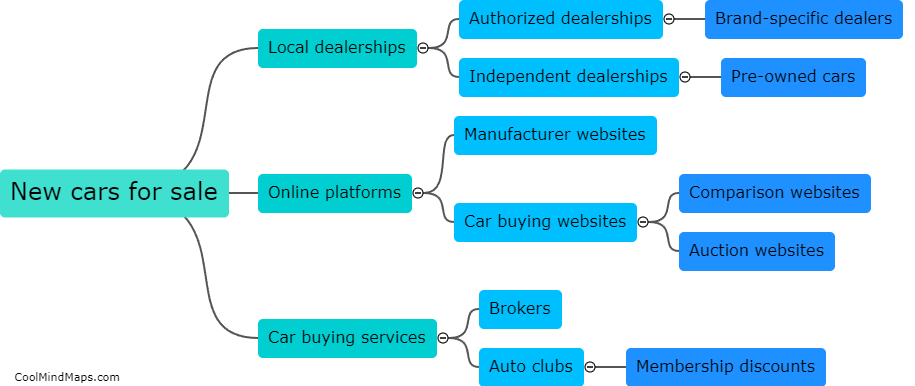What is generative AI and its origin?
Generative AI refers to the technology that produces new and original content, such as images, music, or text, using artificial intelligence techniques. Unlike other AI systems that are trained to predict and classify existing data, generative AI utilizes algorithms to generate entirely new and unique output. The concept of generative AI can be traced back to the 1960s, with the introduction of early programs like ELIZA, which attempted to simulate human-like conversation. However, the field has made significant advancements in recent years, largely due to deep learning techniques and the availability of vast amounts of data. The development of generative adversarial networks (GANs) in 2014 by Ian Goodfellow and his team has been particularly revolutionary, allowing AI models to learn from real data to generate realistic and high-quality content. Today, generative AI has numerous applications and is playing an increasingly important role in areas like art, design, entertainment, and even scientific research.

This mind map was published on 29 November 2023 and has been viewed 95 times.




